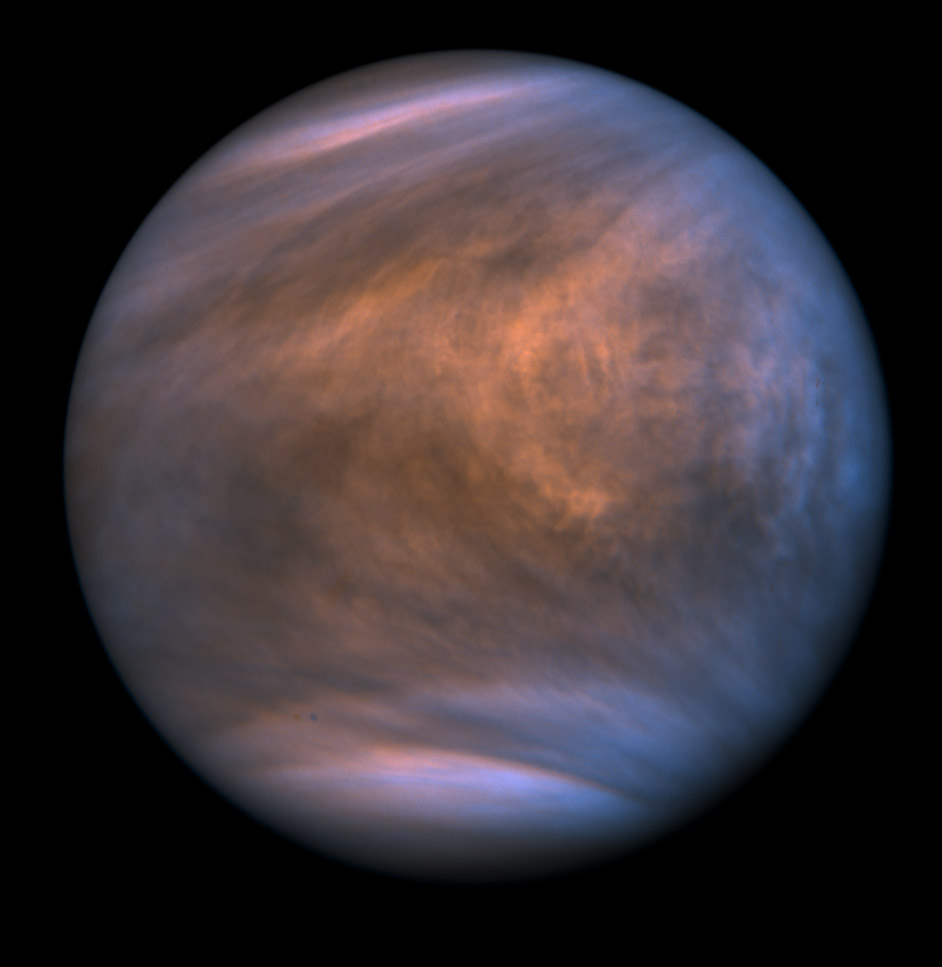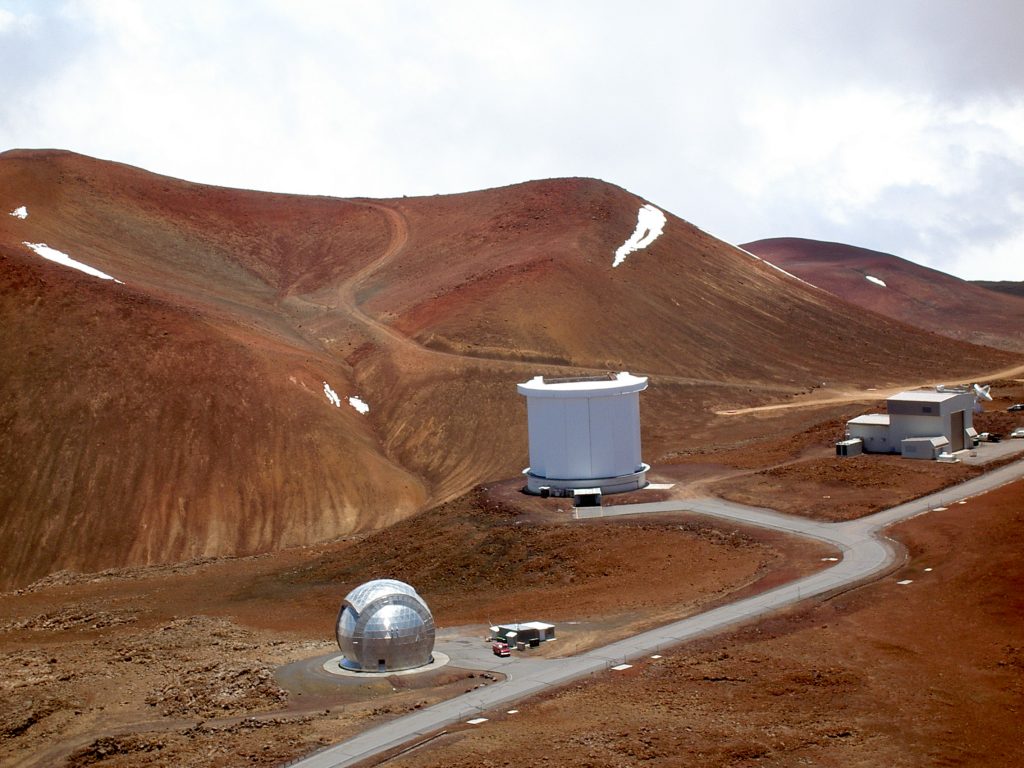A UK-led team of astronomers recently discovered a rare molecule – phosphine – in the clouds of Venus that could have been created by microbes.
We caught up with one of the co-authors of the study – Dr Paul Rimmer, a postdoctoral researcher at the Department of Earth Sciences Cambridge with affiliations at Cavendish Astrophysics and the MRC Labratory of Molecular Biology, to hear more about this extraordinary finding – and what it means for life beyond Earth.

What do you find the most exciting aspect of your new findings?
I think for me, it’s that we have found phosphine in the clouds of Venus – the reason why that’s exciting is because it’s entirely unexpected. Many scientists working in this field would never have guessed it could be there.
So, what is phosphine and where does it come from?
It’s a toxic, smelly gas with a strong odour like rotting fish – on Earth phosphine is produced by microbes that live in oxygen-free environments. Volcanoes can produce phosphine, but only in tiny amounts. We also investigated lightning and meteorites, but those couldn’t produce the quantities of phosphine we observed in the clouds of Venus.
What are conditions like on Venus?
The surface of Venus extremely hot, in fact so hot that it can melt lead! It has a pretty inhospitable atmosphere too – 99% of it is made up of carbon dioxide, together with large amounts of nitrogen and sulphur dioxide. Venus is veiled by high altitude clouds, which are actually made of sulphuric acid – a result of the reaction between the photochemical products of sulphur dioxide and water. This happens to be the most favourable zone for life as we know it, and its where we observed the phosphine – up at those altitudes temperatures are a pleasant 30oC or colder. That zone is really the only possible place on Venus that could support life – in theory, bacteria could be living in the liquid droplets in these highly acidic clouds.
Does this mean there is definitely life on Venus?!
No…not at all! It has taken a huge amount of research to understand phosphine on Earth, and even then we still don’t entirely understand where it’s coming from, or which organisms produce it. There are lots of unknowns – so we can’t extrapolate directly to Venus. But what we do know is that there is no known process that produces the quantities of phosphine observed in Venus’ clouds, apart from life itself.
There are lots of questions to answer, what’s next for science?
Next is to do a lot of hard work in the lab. The first steps are to figure out how biotic and abiotic mechanisms might actually work in the oxygen-free droplets of 90% sulfuric acid, and test this in an atmospheric composition mimicking that of Venus. It’s highly likely that those liquid droplets in the clouds hold the key to our observations. We hope our work will also motivate space missions to Venus to directly measure the gases in the atmosphere. The surface of Venus is mysterious too – we don’t know when it lost all of its surface water and turned into the fiery inferno it is today. One theory is that it was temperate like Earth until relatively recently, but a huge pulse of volcanic activity released CO2 and triggered a runaway greenhouse. If we can figure out the planet’s past and how the clouds formed, we might be closer to puzzling out the potential for life.
The study
This research was completed by an international team of astronomers, led by Professor Jane Greaves of Cardiff University.
Both facilities observed Venus at a wavelength of about one millimetre, much longer than the human eye can see.
The discovery was made by Professor Jane Greaves while she was a visitor at the University of Cambridge’s Institute of Astronomy. Greaves and the team used the James Clerk Maxwell Telescope (JCMT) in Hawaii to detect the phosphine, and followed up their discovery on the Atacama Large Millimeter/submillimeter Array (ALMA) in Chile. Both facilities observe Venus at a wavelength of about 1 millimetre, much longer than the human eye can see.
Prof Greaves told the Royal Astronomical Society, ‘This was an experiment made out of pure curiosity, really – taking advantage of JCMT’s powerful technology, and thinking about future instruments. I thought we’d just be able to rule out extreme scenarios, like the clouds being stuffed full of organisms. When we got the first hints of phosphine in Venus’ spectrum, it was a shock.’
The team carefully measured levels of phosphine in the clouds, from two observatories and when Venus was at two different angles. They also ruled out alternative reasons for its presence, including lightning and meteorite delivery.
The team believes their discovery is significant because they can rule out many alternative ways to make phosphine, but they acknowledge that confirming the presence of life needs more study, and possibly a mission to our next-door planet.

The new work appears in “Phosphine Gas in the Cloud Decks of Venus”, Jane S. Greaves, Anita M. S. Richards, William Bains, Paul Rimmer, Hideo Sagawa, David L. Clements, Sara Seager, Janusz J. Petkowski, Clara Sousa-Silva, Sukrit Ranjan, Emily Drabek-Maunder, Helen J. Fraser, Annabel Cartwright, Ingo Mueller-Wodarg, Zhuchang Zhan, Per Friberg, Iain Coulson, E’lisa Lee and Jim Hoge, Nature Astronomy (2020).


